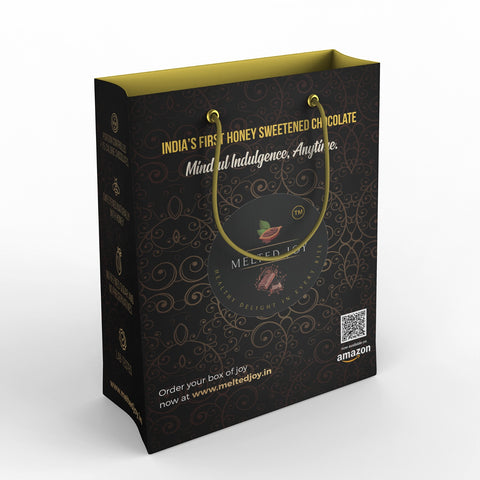
Glycemic Index vs Glycemic Load: What Really Matters for Your Health
Share
For the longest time, the term glycemic index (GI) has been thrown around as the ultimate marker of whether food is “good” or “bad.” The idea seems simple:
Low GI foods = good
High GI foods = bad
End of story.
Except… real life isn’t that simple.
What Is Glycemic Index (GI)?
The glycemic index is a number that ranks foods based on how quickly 50 grams of pure carbohydrates from that food raise blood sugar in a lab setting.
That’s the key word: lab setting.
The problem? Nobody eats like that in real life. We don’t sit down with 50 grams of carbs from just watermelon or just rice. We eat mixed meals, smaller portions, and foods combined with protein and fat.
Take watermelon for example. On paper, its GI is 72 (high), which sounds scary. But you’d need to eat more than a kilo of watermelon to hit that 50 g carb load. A normal bowl has just 11 grams of carbs — barely moving the needle on your blood sugar.
This is why GI alone can be misleading.
What Is Glycemic Load (GL)?
Glycemic Load (GL) solves the problem by considering both:
-
The glycemic index of the food
-
The actual amount of carbohydrate in a typical serving
The formula is:
GL = (GI × carbs per serving in grams) ÷ 100
This gives a number that reflects reality — how your blood sugar responds to the portion you actually eat.
Glycemic Index vs Glycemic Load: A Side-by-Side Example
Notice the difference? The index alone doesn’t tell the full story. What matters is how much you actually eat.
As you can see, glycemic load gives you a clearer picture of what happens in everyday eating.
|
Food (per serving) |
Glycemic Index (GI) |
Carbohydrates (g per serving) |
Glycemic Load (GL) |
What It Means in Real Life |
|
Watermelon (1 cup) |
72 (High) |
11 g |
8 (Low) |
Despite high GI, impact is small in normal portions |
|
White Rice (1 cup) |
73 (High) |
45 g |
33 (High) |
Actually spikes blood sugar significantly |
|
Melted Joy chocolates (13 g, honey-sweetened) |
~ 60 (Medium) |
~6 g |
2 (Very Low) |
Portion-controlled indulgence, minimal blood sugar impact |
Why Glycemic Load Matters More Than Glycemic Index
When it comes to nutrition, the right question isn’t:
➡️ What’s the glycemic index of this food?
The better question is:
✅ What’s the glycemic load of the portion I actually eat?
Because this is what determines whether your blood sugar stays stable or spikes after eating.
That’s exactly why we designed Melted Joy chocolates as portion-sized bites. Each piece is just 13 g, sweetened with natural honey, and has a glycemic load of less than 2. It satisfies your craving for chocolate without spiking your blood sugar.
|
Pro Tip:
Glycemic Index vs Glycemic Load: Which One Should You Follow? Use GI as a general guide to compare foods in a lab setting. Use GL for real-life choices, since it considers portion sizes and their actual effect on blood glucose levels. |
Wondering how to enjoy chocolate without blood sugar spikes?
Melted Joy is crafted to be portion-sized, naturally sweetened, and low in glycemic load — indulgence that your body understands.
Now that you know why glycemic load matters, taste the difference with Melted Joy.
👉 Taste Melted Joy
